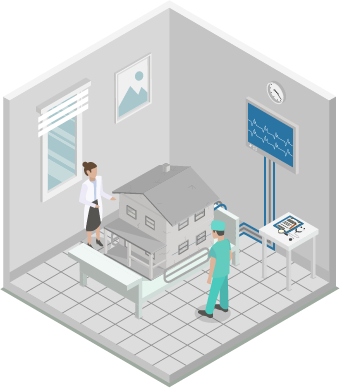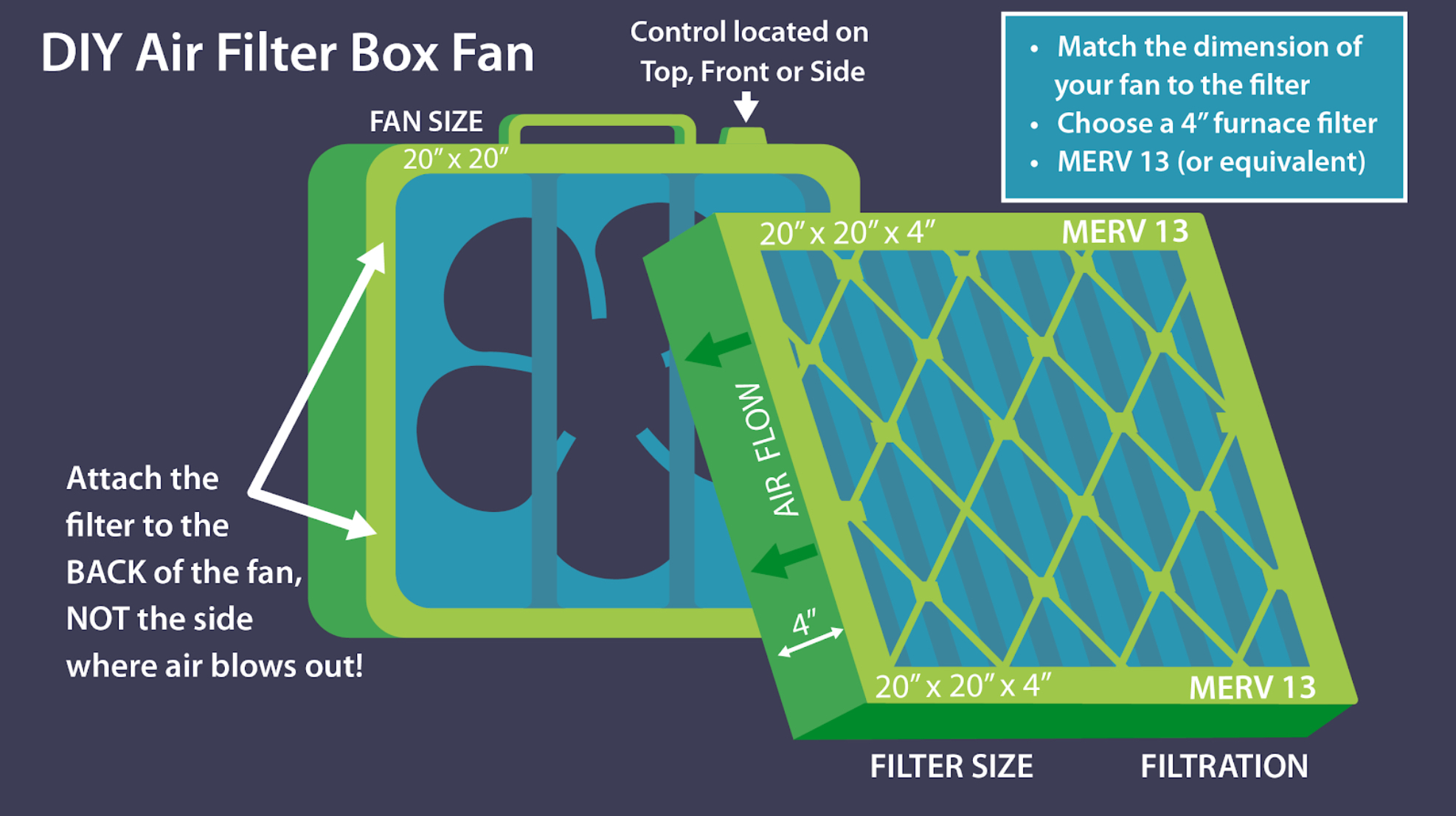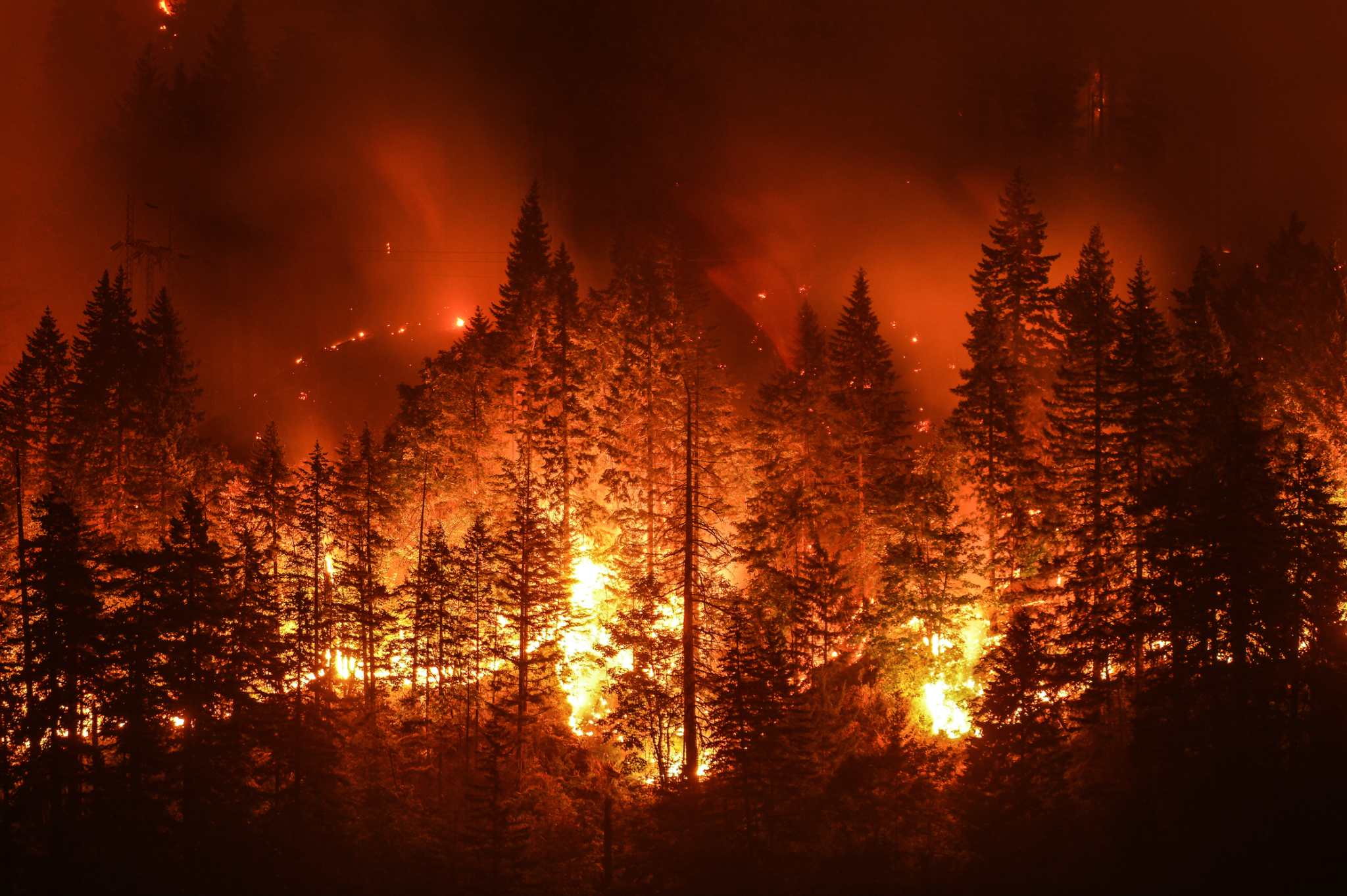Recently, a lot of “ozone air purifiers” have appeared on the market. They promise a safe and effective way to clean your indoor air. But they have not come without confusion and controversy. To help separate fact and fiction, it is important to understand what ozone is, how it is formed, and what this “activated oxygen” can do to materials and people. So we have to get a little geeky for a bit.
Ozone is made from ordinary oxygen but in a form that doesn’t occur naturally. Oxygen is O2, two atoms of oxygen combined as a very stable molecule. When subjected to intense energy from the sun in the upper atmosphere the O2 breaks apart into two single O ions. These are unstable and left on their own will quickly recombine as O2. However, the intense energy that originally broke them apart will also force some three of them to combine as O3, plus a few as O4, O5 and so forth. In the upper atmosphere, the ozone layer protects us from the burning rays of UV which is good. Up there, ozone is good. But down here at the surface, ozone is bad.
On the surface of the Earth ozone is a major pollutant responsible for respiratory irritation and asthma attacks. It is created naturally as a major component of smog and by lightning. It can also be created in an electrical device with a high voltage arc or grid, which is often how ozone is created in air “purifiers.” This ozone is the same O3 as in the upper atmosphere and can last from a few minutes to several hours. Because it is unstable it can aggressively combine with almost any substance it comes into contact in a process called oxidation. It is this oxidizing reactivity that is responsible for the reduction of chemicals in the air, and why manufacturers of these devices call them “air purifiers.”
Unfortunately, if the ozone is inhaled is will also react with the cell walls of the respiratory system, including deep in the lungs. That is not good. But the worst may result from the incomplete breakdown of chemical molecules – precisely those it is intended to remove. The creation of these byproducts is uncontrolled and unpredictable.
Despite the many alternative names ozone is often called – activated oxygen, “super fresh” oxygen, oxygen ions, O5, O6, or O7 — or if described as “mountain air,” “a spring thunderstorm”, or as “natural and safe as a living forest,” it is still ozone. As just like a rose by any other name is still a rose, ozone is still ozone.
Click here to learn more: “The Facts About Ozone”
Hayward Score helps you discover how your home may be impacting your health in minutes – – for FREE!
Answer a quick set of questions then get a personalized list of action items. Transform your home and health today!

ARE YOU CONCERNED YOUR HOME IS MAKING YOU SICK?
Our guide on indoor quality will help you diagnose possible issues and implement intelligent solutions to improve the quality of the air inside your home.















